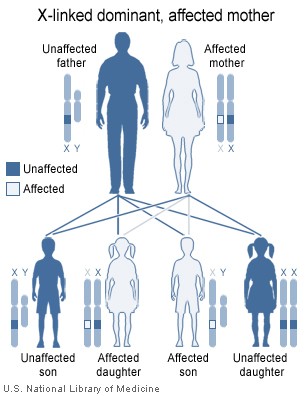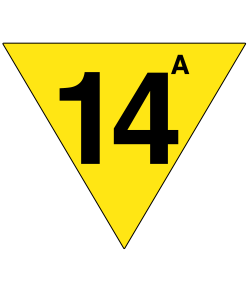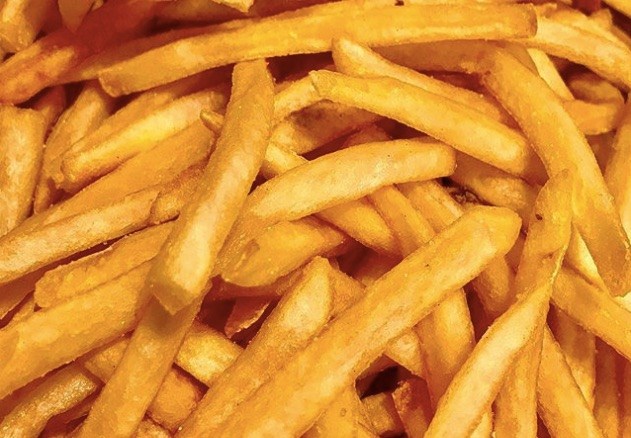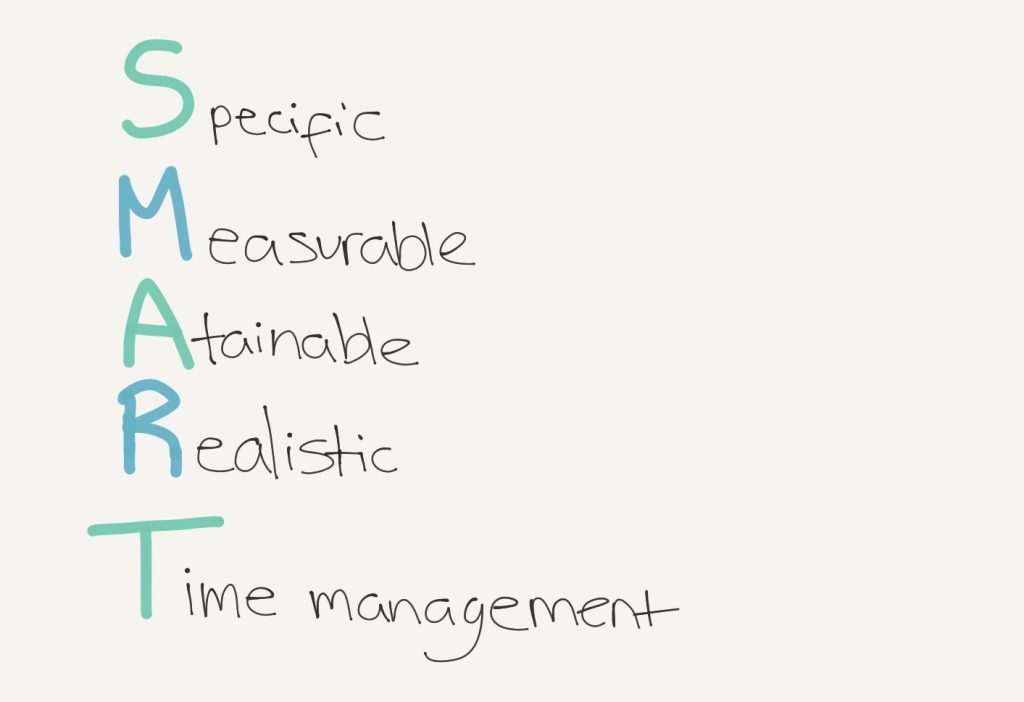Believe it or not, every city has their own sins, but some can hide them better than others. Vancouver is a perfect example. Vancouver is a beautiful and well developed city. However, we need to take into consideration that nowhere is perfect.
The topic for this unit was, Sins of the city. We started off talking about issues in Vancouver and our opinions on different injustice issues. We discussed the environment, human rights and the city growth. An activity in class to get us thinking was to talk about problems in Vancouver. We got to give out opinions on things like, if the Kinder Morgan pipeline should be built, or if residents of Deep Cove should get priority in cafes in Deep Cove, etc.
In class we watched a short episode of the 8th Fire. A key one was Aboriginal rights about the aboriginal people in our area and their culture. I learned all about the history of the aboriginal people. Something that stood out to me was that the residential schools only recently shut down!
Once we had talked a bit about Vancouver’s sins/issues, we were introduced to a project that wouldn’t be due for a while. We knew it would take time to decide what topic we were most passionate about.
THE PROJECT:
Here is a quick over view on what the project was. Basically the assignment was to make a group podcast about a challenge or social injustices that has occurred in our city. Sounds simple right? Well this issue also had to relate back to the inter war years. Let’s just say a lot of research was needed. On top of that, we needed to find an interview that related to our topic. The goal for this project was to teach the other groups about a challenge in Vancouver.
To help us get a better idea on what topic we were going to choose, the whole class went on a field trip to the Vancouver Museum. This was the first time for me going to the museum. If I’m going to be honest I don’t usually like museums, but I really enjoyed visiting the Vancouver Museum. The way it was set up was more interactive than other museums.
After this field trip, we were supposed to have chosen the topic we wanted to research for the project. There were five categories to choose from.
The categories were:
– environmental
– housing
– immigration
– aboriginal rights
– human rights
The museum had a section for each topic. After a lot of thinking I was drawn to the environmental topic. Something that sparked this idea was in the museum, I saw a poster about the Kinder Morgan pipeline. This interested me because this project is a huge deal and I wanted to know more about it.

After a few days it was the day we have all been waiting for, we were put into our groups. I was put in environmental with Mimi, Simon and Calum. Together we decided to focus on oil spills in Vancouver. A sin of the city that was most interesting to us is the Kinder Morgan pipeline project. Since we are all against the pipeline, we focused on the consequences if it was to spill and how it would affect the environment. The topic we chose was really relevant to us because if it was to spill, we would have the most impact.
As I said earlier, apart of the project was to relate it back to the interwar years. This was a challenge for us because back then, the environment wasn’t a big deal. We decided to research past oil spills that had happened in Vancouver. The Ambleside oil spill that happened in 1973 stood out to us. This was a devastating event for the community. This spill destroyed ecosystems and the response team was pretty much useless. Community members ended up cleaning the shores of Ambleside. Our idea was to make a point that we don’t want history to be repeated by having another oil spill.
THE INTERVIEW:
Having an interview was a huge aspect of the project. For the interview we had a few people we were thinking of contacting. We needed to find someone that could talk about the Kinder Morgan pipeline. We wanted to ask so one for their opinion. Justin Trudeau was on our list of interviewees. We thought we could ask him to give us his honest opinion on the pipeline. We crafted a letter to together, however we decided to find someone against the pipeline and we just never ended up following through on that plan. I knew of this group called the North Shore Nope (NSN), a local activist group against the Kinder Morgan. My mum used to be apart of the group so we knew it was a legit group. We sent an email to the head of the NSN, Janice Edmonds, asking if she could answer a few questions about her opinion about the pipeline and what her organization does. We got a response pretty quick, so we went a head and arranged an interview. As a group we went to her house for the interview. We asked a few questions about her organization and they spread awareness about the Kinder Morgan pipeline. As well as focusing on the environment, they mainly focus on the health risks of it spilt. This interview definitely pushed me out of my comfort zone, because I don’t usually like interacting with strangers, especially going to their house and asking them questions. It was definitely good practice for when it come to talking with strangers.
THE SCRIPT:
I must say I think we re did the script at least three times. One day our group sat in Star Bucks for FIVE HOURS on the pro d day to write the script. We even had to re do that script we wrote because we decided to focus on health. The first dratf of the script definitely needed revising!
FIRST DRAFT:
For the style of podcast, we decided to do a debate. So two people were going to be against the Kinder Morgan, and two people with the pipeline (we were all against don’t worry). For the against, we chose our interviewee to help back us up. Once we had the first draft of our script, it was time to start recording. We weren’t quite able to record in one go because it was pretty hard to not to laugh.
Here is the first draft of the podcast:
A lot of revisions were required. For one, the interview needed to be cut up. Another main point was it didn’t sound like a debate, because we all sounded so scripted. A stronger conclusion was also needed. We actually ended up pretty much re doing the whole podcast, we just kept the intro (first 30 seconds). We decided to scrap the idea of a debate and tell more of a story. Since we changed our idea again, the script had to be revised.
Something our teacher rightly pointed out was that the Ambleside oil spill didn’t actually occur during the interwar years. This was a bit of a dilemma for our group. More research needed to be done to find something in the interwar years. We came to a conclusion that the refinery across from Dollarton was built in 1935. The refinery was built to turn synthetic and crude oil into gasoline, diesel, asphalts and butanes. The refined oil would be shipped off to other locations by boat. As the oil industry grew and time passed, Alberta started using its pipeline, the Kinder Morgan pipeline. This all ties together by showing how much the oil industry has grow and the fact that the risks of a spill are getting higher.
REVISED PODCAST:
BEHIND THE SCENES:
As we were making the project, we needed to make a mini behind the scenes video. I’ve got to say that my group worked really well together and we had a lot of fun. We filmed a lot of our group working (proof we actually did work). This is just a fun video to wrap the whole project up.
https://youtu.be/oMwH7h-F3hQ
While we were working on the podcast, each group was given a novel to read that was related to their topic of the project. The novel I was given was called, The Right to Be Cold by Sheila Watt Cloutier. We needed to read this novel by 4 weeks. While we were reading every Tuesday we had a meeting with our group to discuss the novel.
Also every week were were assigned to write a short book log of key events, things we enjoyed and things we didn’t like about the book. Overall I thought the book was interesting, and I definitely learned more about the Arctic and their culture. This book was all about how climate change can alter the way people live. For example the fact that the ice was melting affected their way of hunting. In my reading logs I go into further detail about the book and my opinions.
An example of my second reading log.
Overall I’m happy I read this book. It is a type of novel that I wouldn’t normally read. I also learned about a different culture. This novel made me realize how climate change affecting people’s lives, and made me more aware of my actions (make sure to turn off the lights).
The ESSAY:
Moving on to the next task. At the start of the novel, the plan was to write an essay about the novels. However many groups didn’t enjoy their books, so we ended up writing a letter to Terry Beech about an issue and to make a request. For example our group focused on the health risks and we requested that if the pipeline spilt, if any residents became sick because of the harmful fumes, our health care would be covered. At first we wrote our own individual essays, and then combined them with our group members from the project.
From this project I learned so much. From this project my speaking, podcast editing and knowledge of the city have grown. Something I had trouble with is the essay, let’s just say I’m not the best at writing essays however, this essay was good practice. Apart from the podcast learning I learned about the rights we have as a citizen, and how everyone has had a different experience of the emergence of Vancouver. From researching the past I can tell that there is a big difference of the rights of a citizen from now and back in the 1900s. Overall it’s fair to say that I leaned a lot from this project and had fun while working on it!















































































